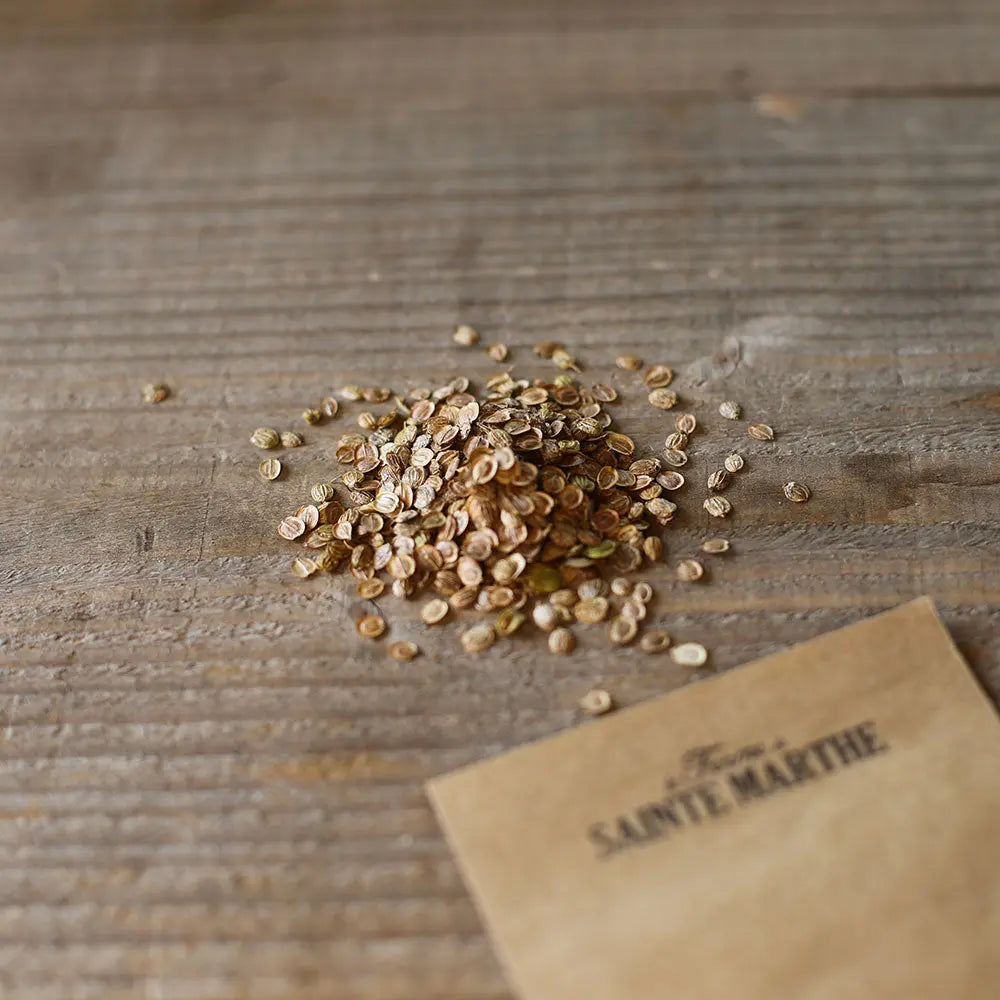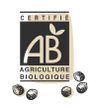PARSNIP HABLANGE WEISSE AB
Pastinaca sativa
The Hablange Weisse parsnip is a very uniform variety with very white, conical roots. Resistant to winter conditions and to crown rot. Parsnips harvested after the first frosts will be even tastier because the starch will have been partially transformed into sugar.
How to successfully sow Hablange weisse parsnips
Sowing: in place from March to June in rows spaced 30 to 40 cm apart, 1 cm deep, in a sunny position in deep soil. Press down. Parsnip germination is long and capricious, between 3 and 4 weeks, so be patient. The soil must remain moist until the first true leaves develop. You can cover the sowing with a fine mulch of fresh grass or with a forcing fleece. In heavy soil or soil that dries poorly, do not hesitate to sow on mounds, even modest ones: around 10 cm high can be enough.
Thin to 15 cm in the row. Roots that are too close together will be too thin; on the contrary, if they are too spaced out, they will be spongy. Watering.
Sowing possible at the end of September in regions with a mild climate for a harvest in May.
Parsnip cultivation
Keep the crop very clean for the first month, so that no competition develops. Then hoe to keep the soil fresh and supple, and finally mulch in the summer.
Water thoroughly in summer regularly, once a week for example.
Wait until the end of September, when the harvest generally begins.
Good associations
Parsnips will appreciate the proximity of carrots, leeks, onions or radishes.
Harvesting parsnips
Harvest approximately 5 months after sowing.
Preserving parsnips
Parsnips can be stored in the ground all winter, in sand in the cellar for several months, or frozen. Harvested after the first frost, they will be sweeter.
Risk information
May cause an abnormal skin reaction if skin contact occurs followed by exposure to sunlight.
Information on how to protect yourself
Avoid sun exposure after handling this plant. In case of contact, rinse exposed areas with water and wash any clothing that has been in contact. If an abnormal skin reaction occurs, consult a poison control center or doctor.
Additional optional information
Keep the label or a photograph of the plant to facilitate its identification.









